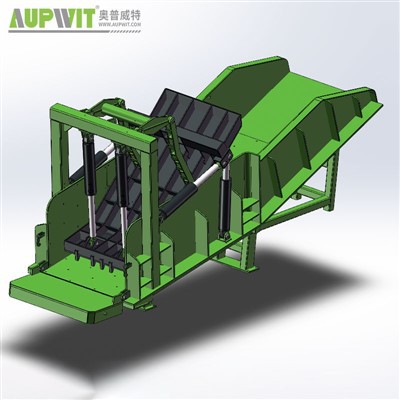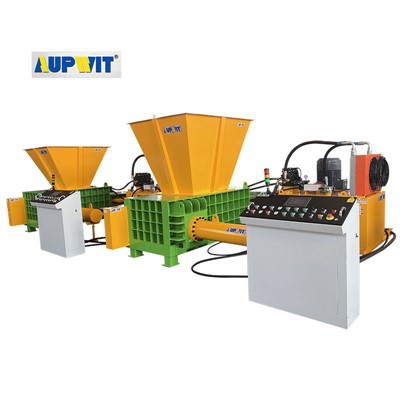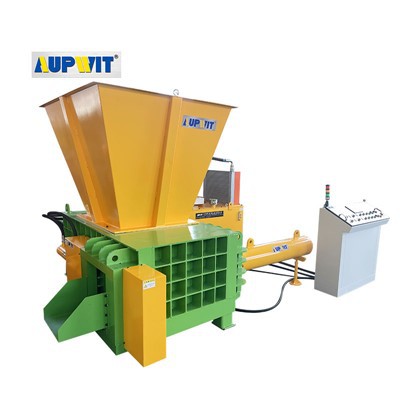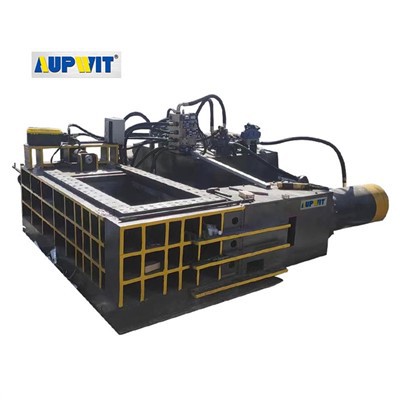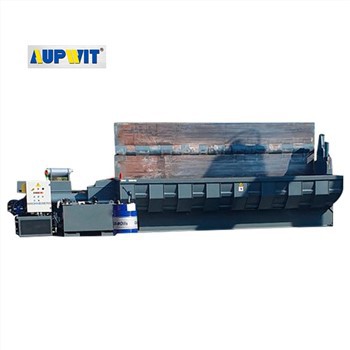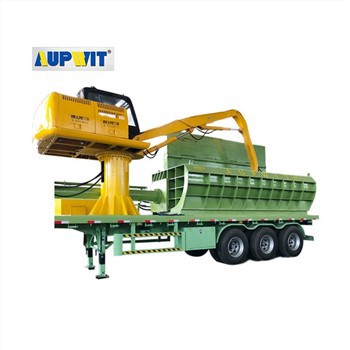Industrial Baler Machine Long-Term Stability
The long-term stability of Industrial Baler Machines depends on the quality of the equipment, the level of maintenance and the use specifications, and the overall controllability is strong.
1. Quality of Core Components
The hydraulic system (pump, cylinder, valve) of high-quality models is made of high-strength alloy materials, which are treated with wear resistance and can withstand high-frequency pressure cycles to reduce the risk of oil leakage or jamming; the frame structure uses thick-walled steel, and the welding process meets the standards, which can resist long-term load-bearing deformation.
For example, the hydraulic components of well-known brand equipment can last for more than 10,000 hours, and the frame deformation rate is less than 0.5%.
2. Daily Maintenance
- Regularly clean the oil filter to prevent impurities from entering the hydraulic system
- Replace the hydraulic oil every 300 hours to avoid oil circuit blockage
- Check the tightness of the bolts and the tightness of the belt every month to prevent vibration and noise caused by loose components
- Timely replace worn baling knives, bearings and other wearing parts to maintain the original accuracy of the equipment
Lack of maintenance will lead to an increase in the frequency of failures.
For example, hydraulic oil contamination may cause the valve group to jam and shorten the life of the equipment.
3. Usage Specifications
- Avoid over-specification processing of materials (such as metal blocks with too high hardness, waste materials exceeding the rated size) to prevent mechanical overload
- Operators must strictly start and stop equipment according to the process
- Do not manually intervene in the packaging cycle in violation of regulations to reduce human damage
- Environmental factors should also be considered - humid environments need proper anti-rust treatment
- Install dust covers in dusty sites to avoid rust or accelerated wear of components
Most compliant equipment can maintain a stable operation period of 5-8 years under correct use and maintenance, and the average annual downtime can be controlled within 50 hours, meeting the long-term continuous operation requirements of industrial production.


